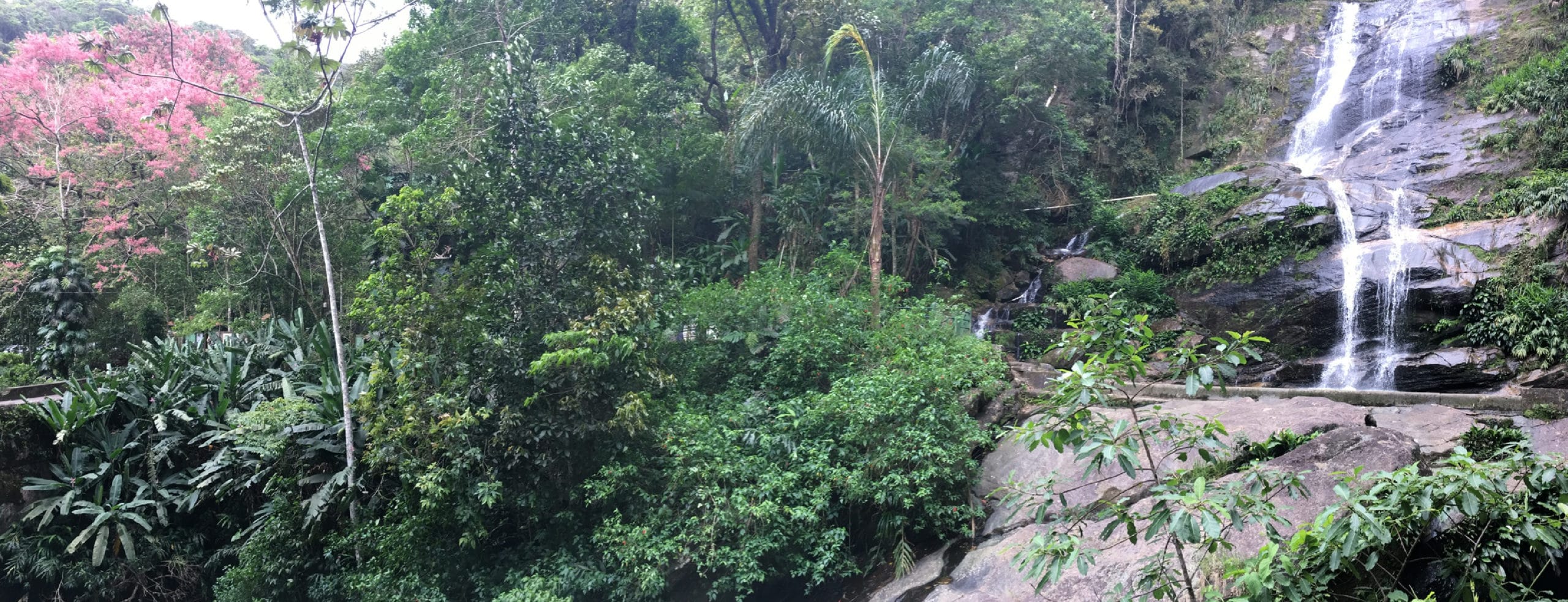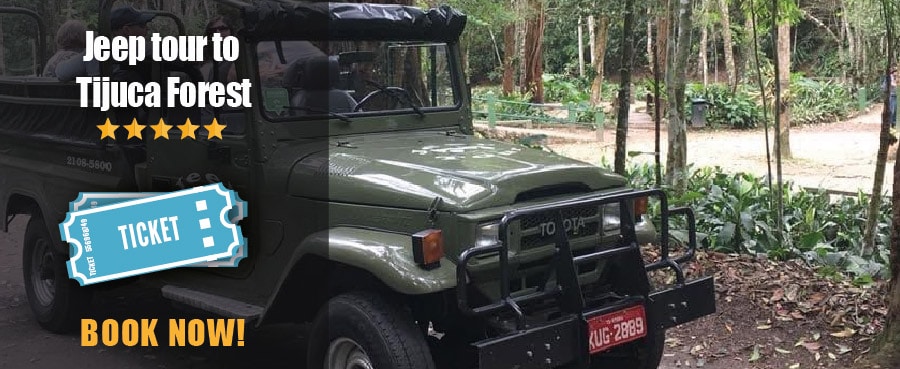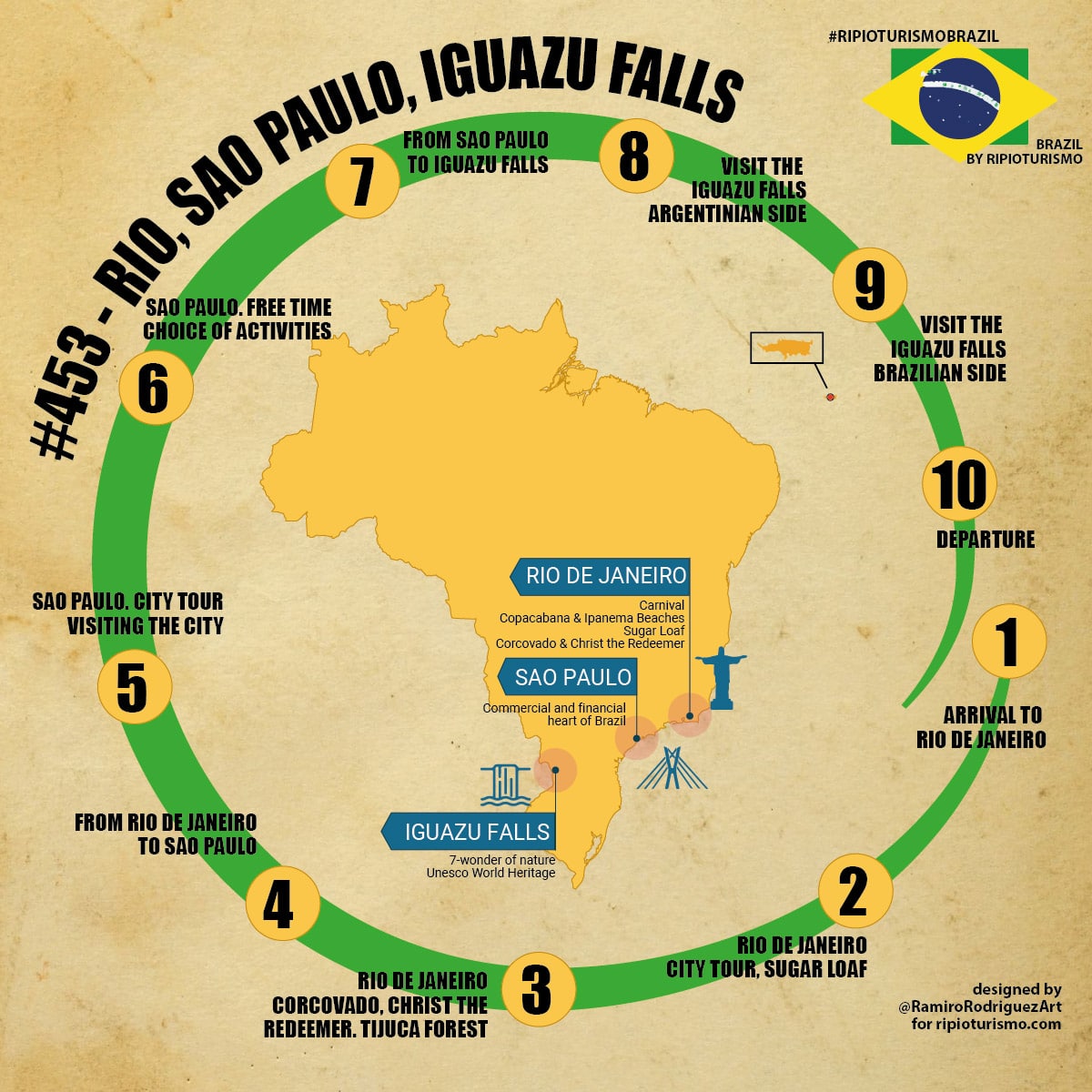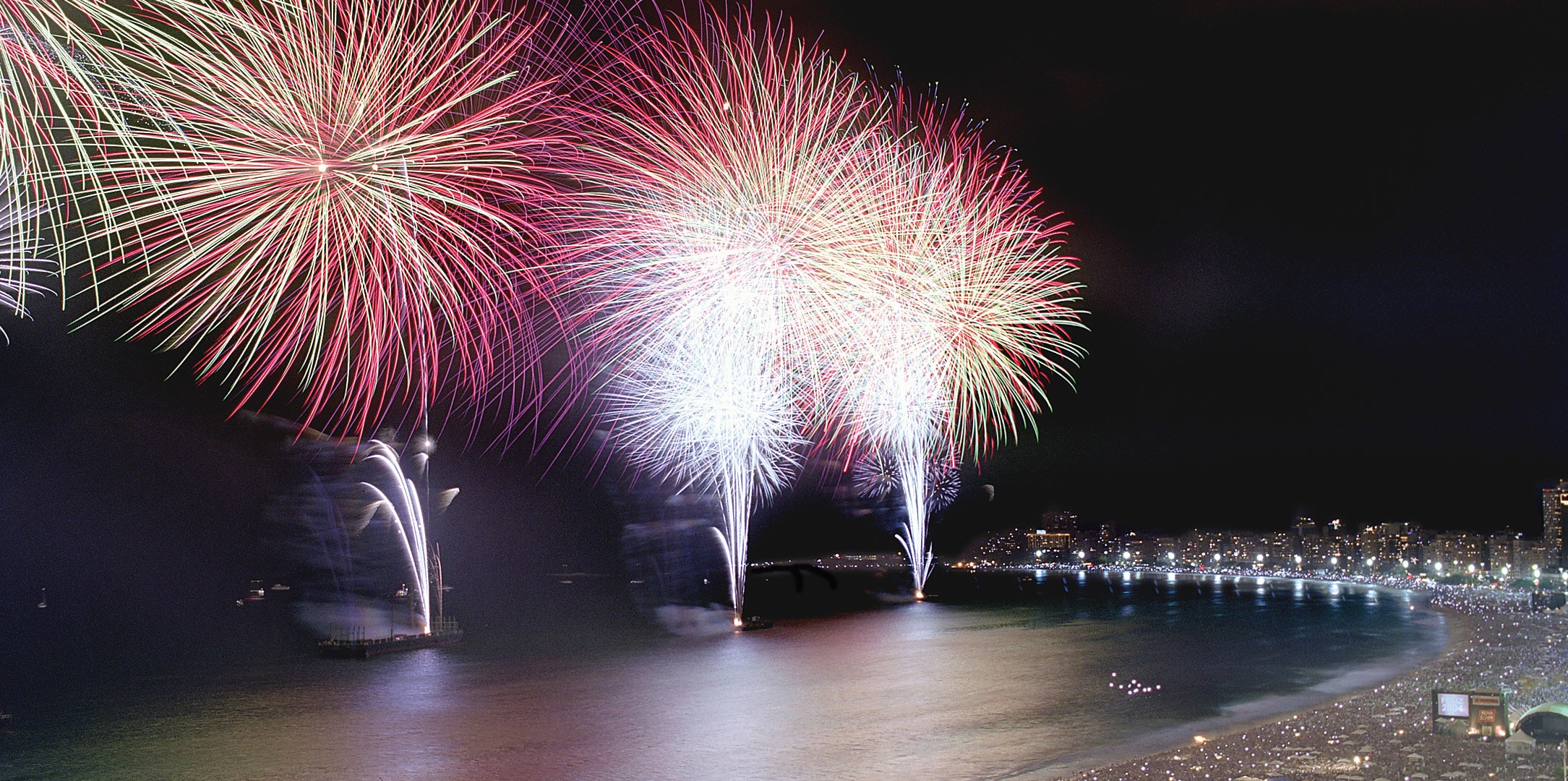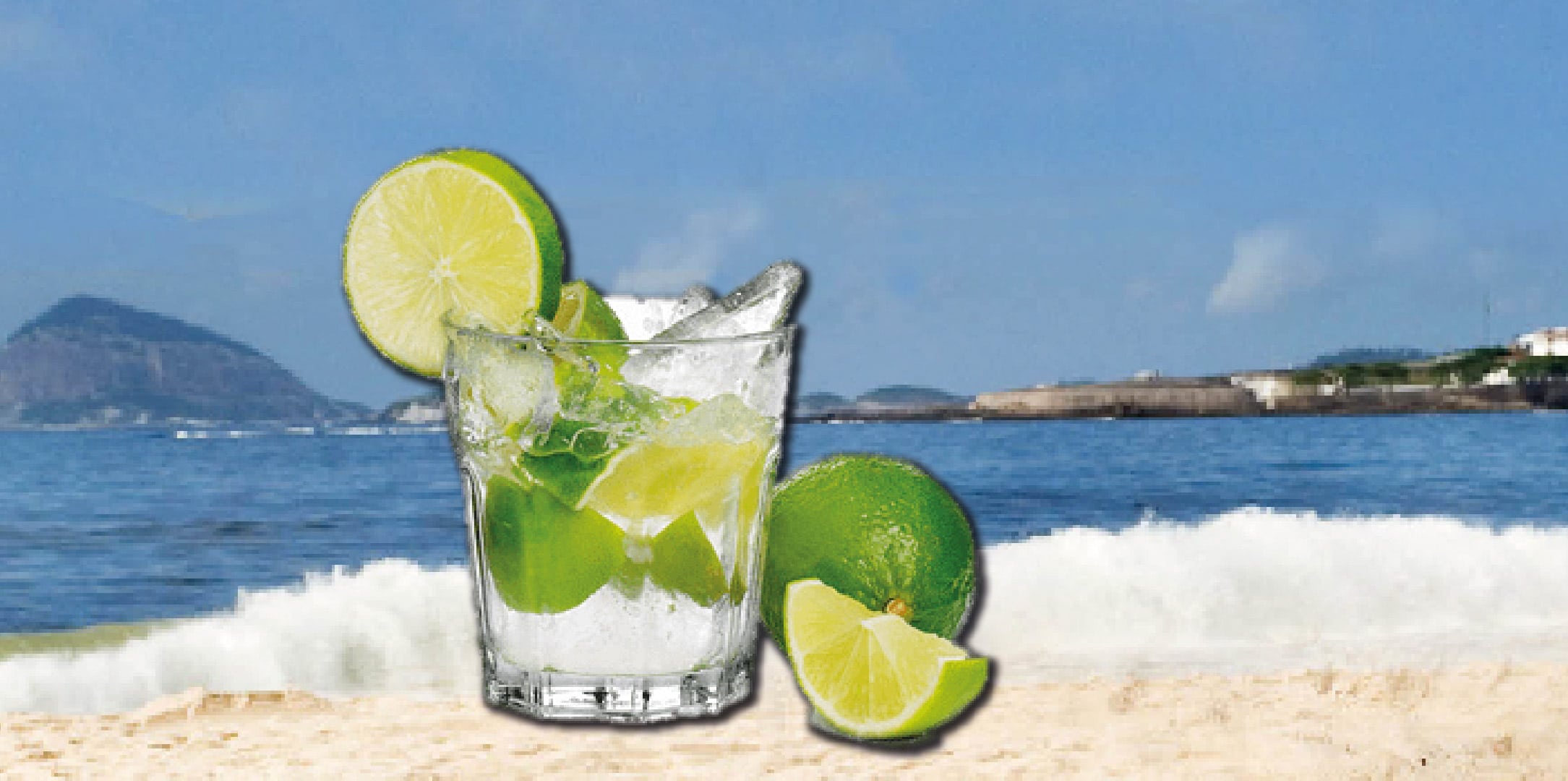Exploring the Tijuca Forest in Rio de Janeiro
Rio de Janeiro is one of the few cities in the world where you can step out of a bustling urban center and into a tropical rainforest in just minutes. Tijuca National Park, known locally as Floresta da Tijuca, is a massive green lung in the heart of the city—a paradise for nature lovers, hikers, and curious travelers.
What is the Tijuca Forest?
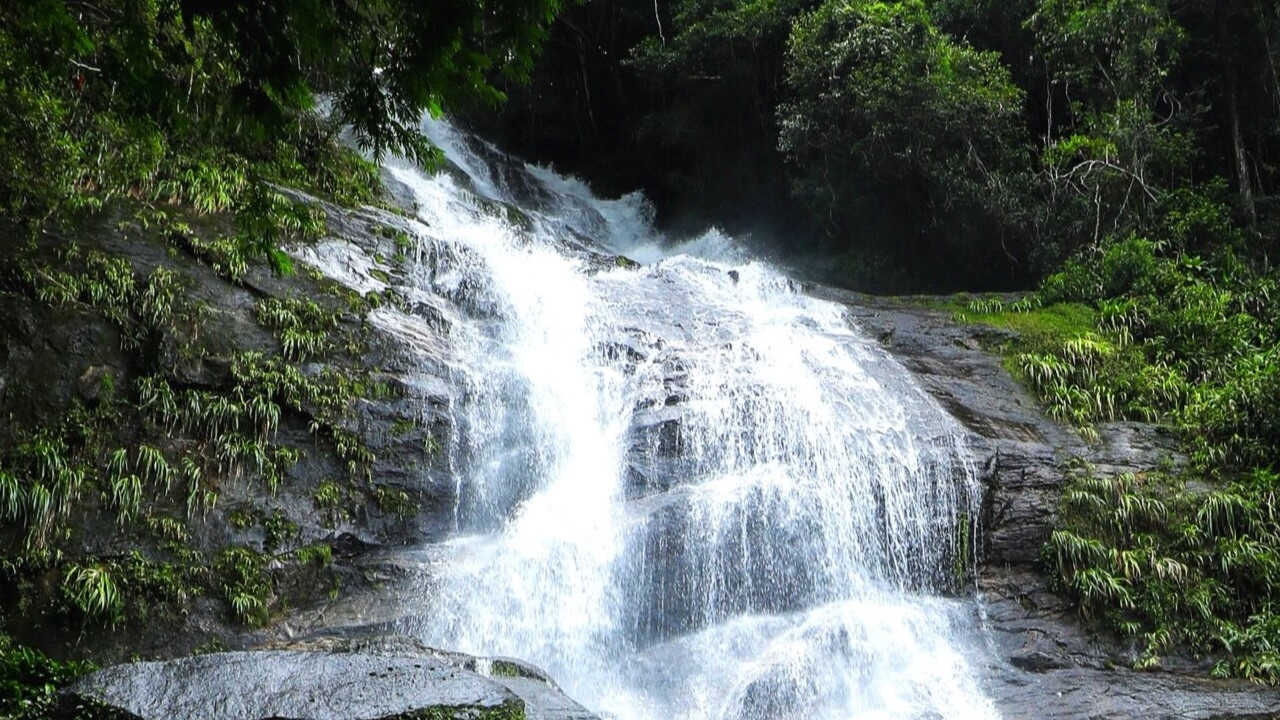
Parque Nacional da Tijuca covers nearly 4,000 hectares, making it the largest urban forest in the world. It plays a crucial role in the environment and daily life of Rio:
-
Preserves water springs that supply the city
-
Controls air and noise pollution
-
Prevents erosion and floods
-
Regulates the local climate
-
Shelters hundreds of plant and animal species, including endangered monkeys and iguanas
This lush area was once almost completely deforested due to farming and logging. But in 1861, Emperor Dom Pedro II ordered a massive reforestation effort. Over 130,000 trees were planted over 17 years—an early and visionary environmental recovery project.
Today, Tijuca Forest is the most visited national park in Brazil and part of the UNESCO-listed Biosphere Reserve.
How to Visit
The park is divided into four sectors, each offering different attractions. A Jeep Tour is a great way to explore it, with stops at key viewpoints, short nature walks, and even the chance to swim in waterfalls.
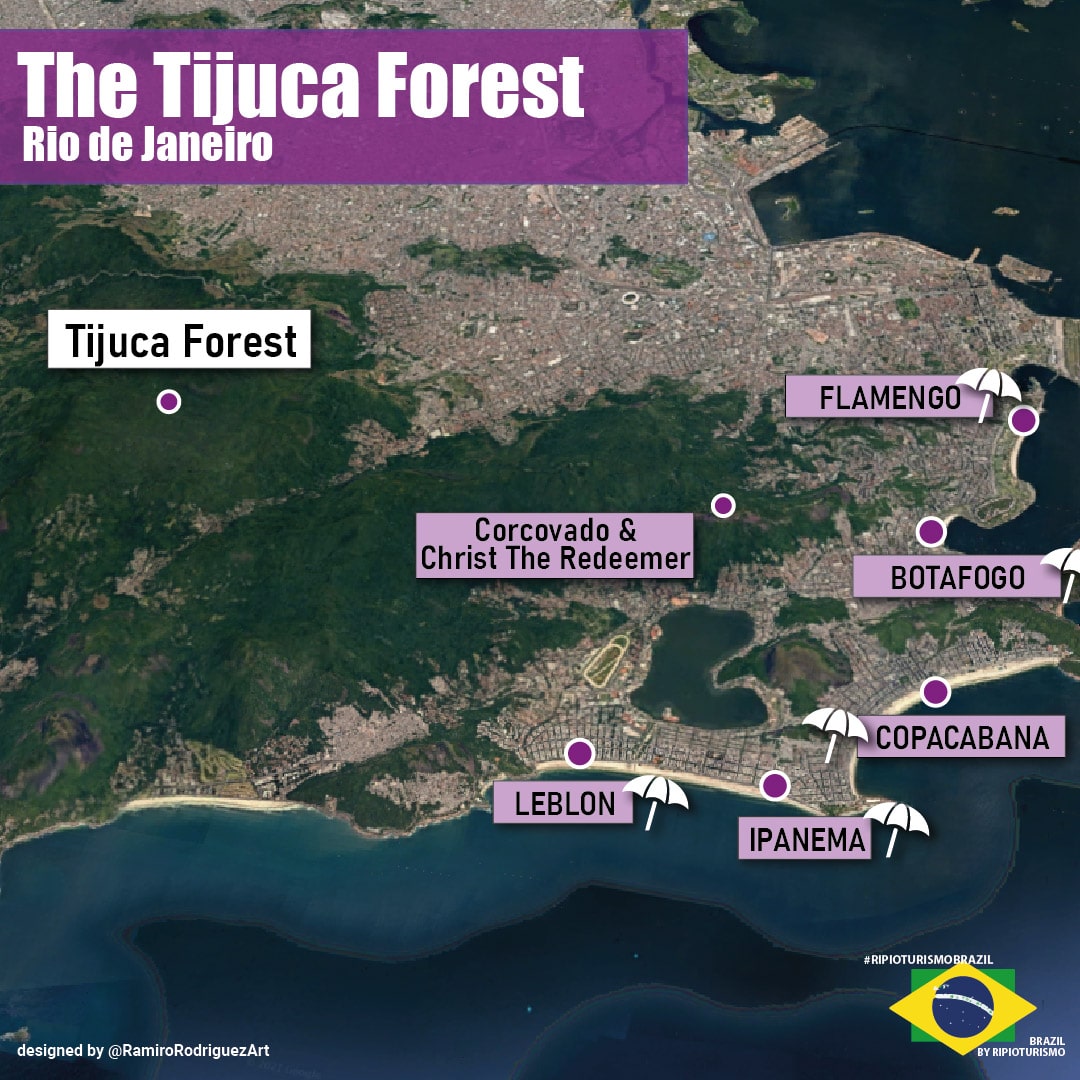
Sector A: The Tijuca Forest
This is the best-developed area of the park and includes:
-
Restaurants and picnic areas
-
Well-marked hiking trails
-
Playgrounds for children
Main highlights:
-
Pico da Tijuca: The highest peak in Rio at 1,022 meters, ideal for hikers and climbers
-
Pico do Papagaio: A granite mountain shaped like a parrot’s beak, offering panoramic views
-
Taunay Waterfall: A stunning 30-meter drop
-
Lago das Fadas (Fairy Lake) and Excelcior Viewpoint
-
Visitor Center focused on the park’s ecology
Sector B: Serra da Carioca
This sector is home to Corcovado Mountain and the world-famous Christ the Redeemer, one of the Seven Wonders of the Modern World.
Other must-see spots:
-
Mesa do Imperador: Emperor Pedro II’s favorite picnic spot
-
Vista Chinesa: A scenic Chinese-style pavilion with breathtaking views
-
Mirante Dona Marta: A 364-meter-high viewpoint and a helicopter take-off point
-
Parque Lage: A historic mansion with European gardens; a trail from here leads to Christ the Redeemer
Sector C: Pedra Bonita & Pedra da Gávea
Perfect for adventure seekers, this area is popular for trekking, climbing, and hang gliding.
-
Pedra da Gávea (842 m):
-
A massive flat-topped granite mountain
-
Famous for the “giant’s head” shape carved by erosion
-
Surrounded by mystery and legend, with alleged ancient inscriptions
-
Note: This hike is challenging and best for experienced trekkers.
-
Pedra Bonita (696 m):
-
Easier to access
-
Offers stunning views of the coastline and city
-
Reachable via Estrada das Canoas, passing the iconic Casa das Canoas by architect Oscar Niemeyer
-
Why You Should Visit the Tijuca Forest
This natural oasis offers a rare blend of biodiversity, scenic views, and cultural history, all within a major metropolis. Whether you’re looking to:
-
Escape the city buzz
-
Enjoy outdoor adventures
-
Learn about Brazil’s environmental legacy
-
Capture unforgettable photo ops
…the Tijuca Forest is a must-see in Rio de Janeiro.
Plan Your Visit
We offer a wide range of activities in Rio de Janeiro, including a Jeep Tour through Tijuca Forest. Discover hidden waterfalls, sweeping viewpoints, and the green soul of this vibrant city.
Other amazing activities in Rio de Janeiro




Enjoy our tours to visit Rio de Janeiro and other destinations in Brazil
Are you looking for tours to visit Rio de Janeiro and other destinations in Brazil? One of my favorites is the #453 – Rio de Janeiro, Sao Paulo and Iguazu Falls. Check more information by clicking in the image below
Other amazing tours in Rio de Janeiro




More tours to visit Rio de Janeiro and Brazil
We have a complete list of tours to visit Rio de Janeiro and other amazing destinations in Brazil. Check our complete list of tours for Brazil here
For more information, just contact us at info@ripioturismo.com
Thank you!

